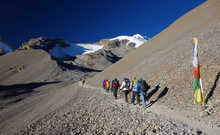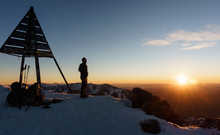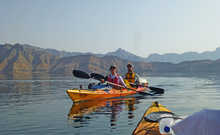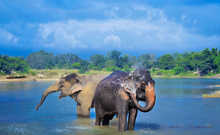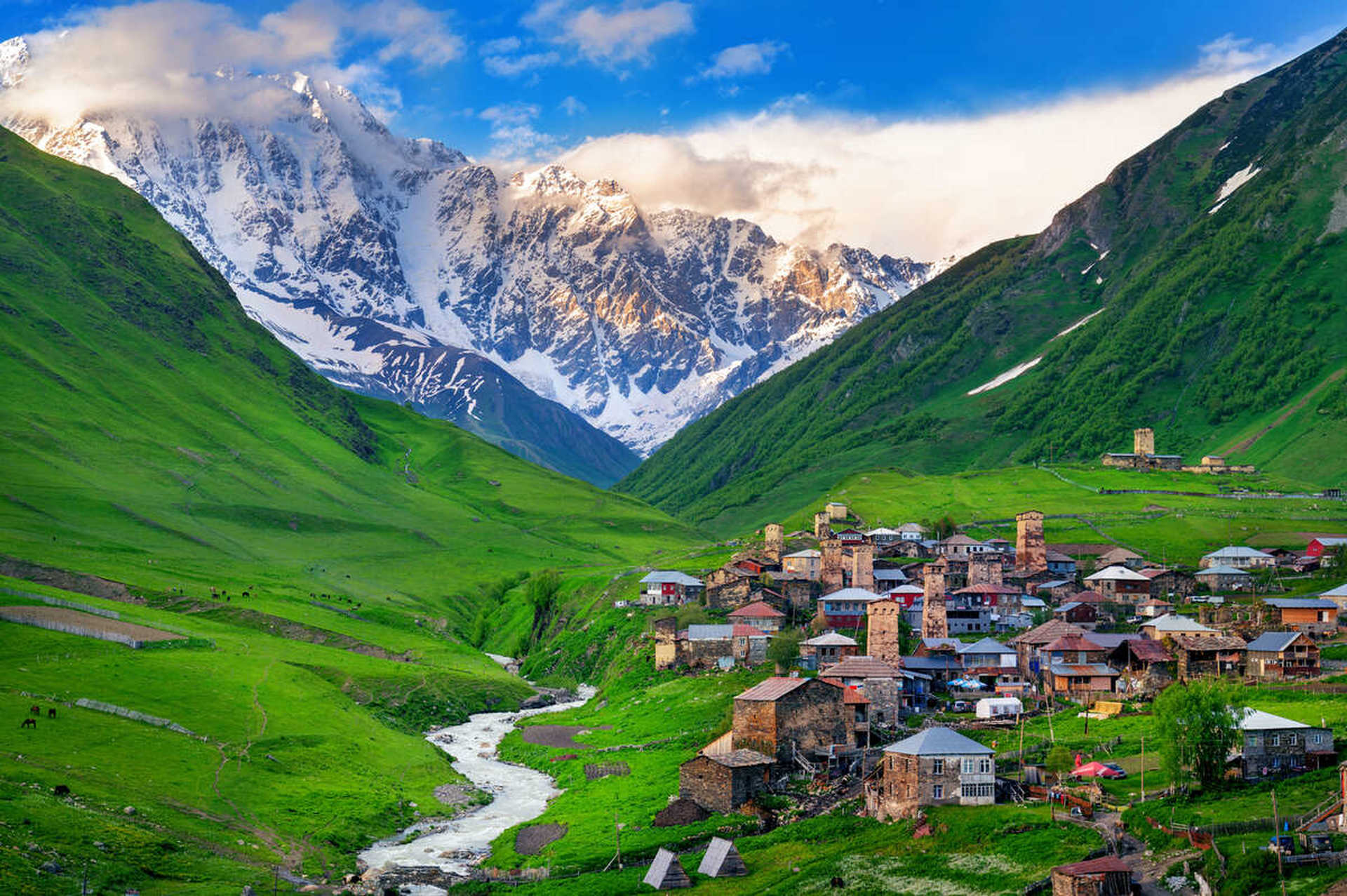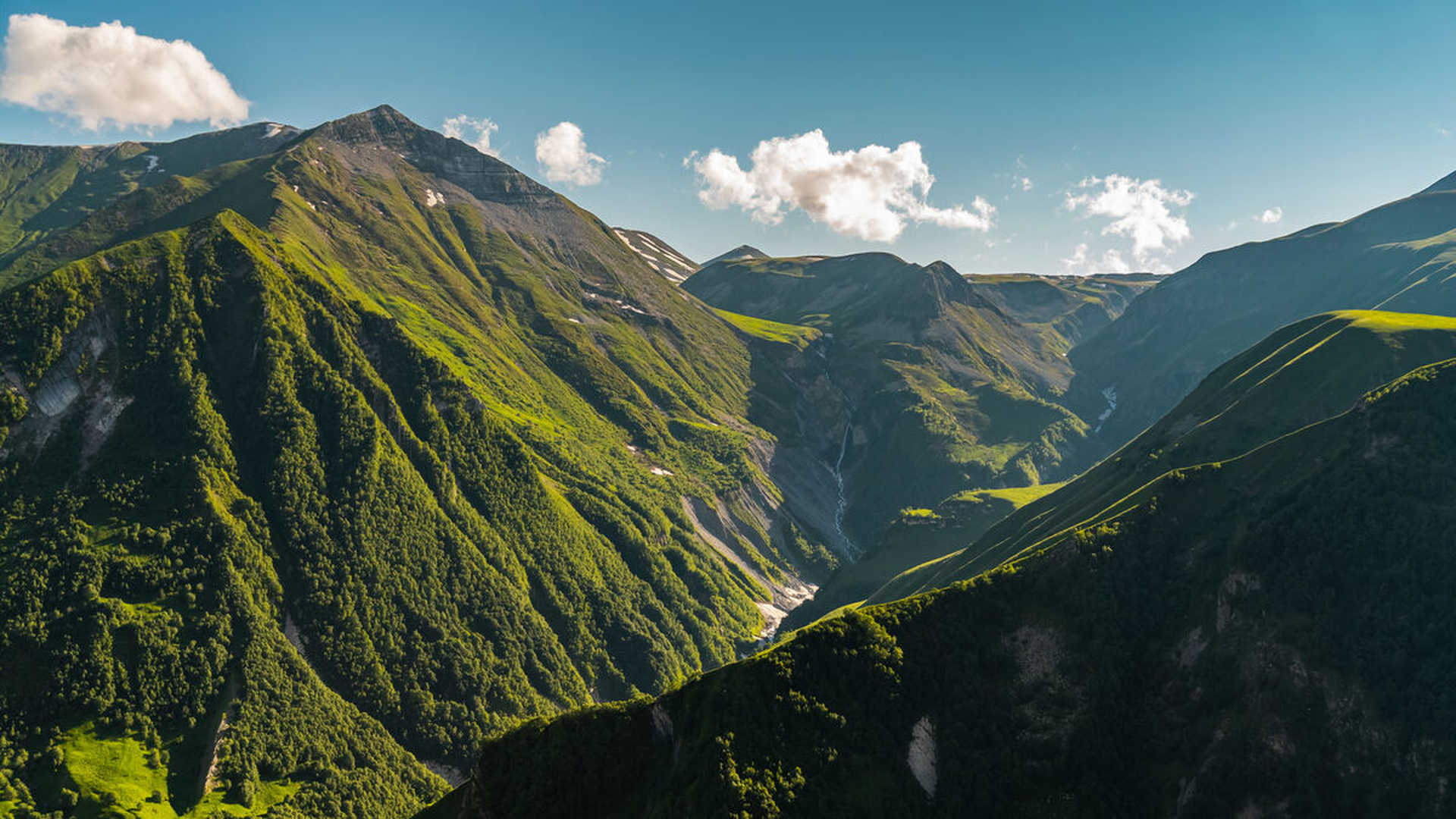Geography
The Caucasus were formed around 25 million years ago by the
collision of the Arabian and Eurasian tectonic plates. Sedimentary rock from
the ocean floor was forced upwards to form the mountains we see today. Four of the high peaks are in fact dormant volcanoes, Mount Elbrus, Mount Kazbek, Mount Aragats and Mount Khabarjina. The area is generally characterized by huge volcanic plateaus, ancient lava flows and volcanic lakes. The Caucasus Mountains have a varied flora, usually changing due to elevation and distance from water. The slopes of the Greater Caucasus Mountains tend to be covered by deciduous forests at lower elevations, whereas coniferous and mixed forests (pine, birch, spruce, fir and beech) take over at higher elevations. There are also differences in climate as you move from West to East. The Western side of the Caucasus adopt a subtropical climate with denser flora and more precipitation, whereas the Eastern side is semi-arid, with reduced plant life and rockier mountains.
